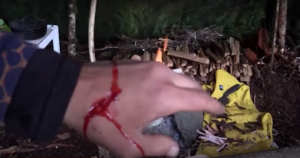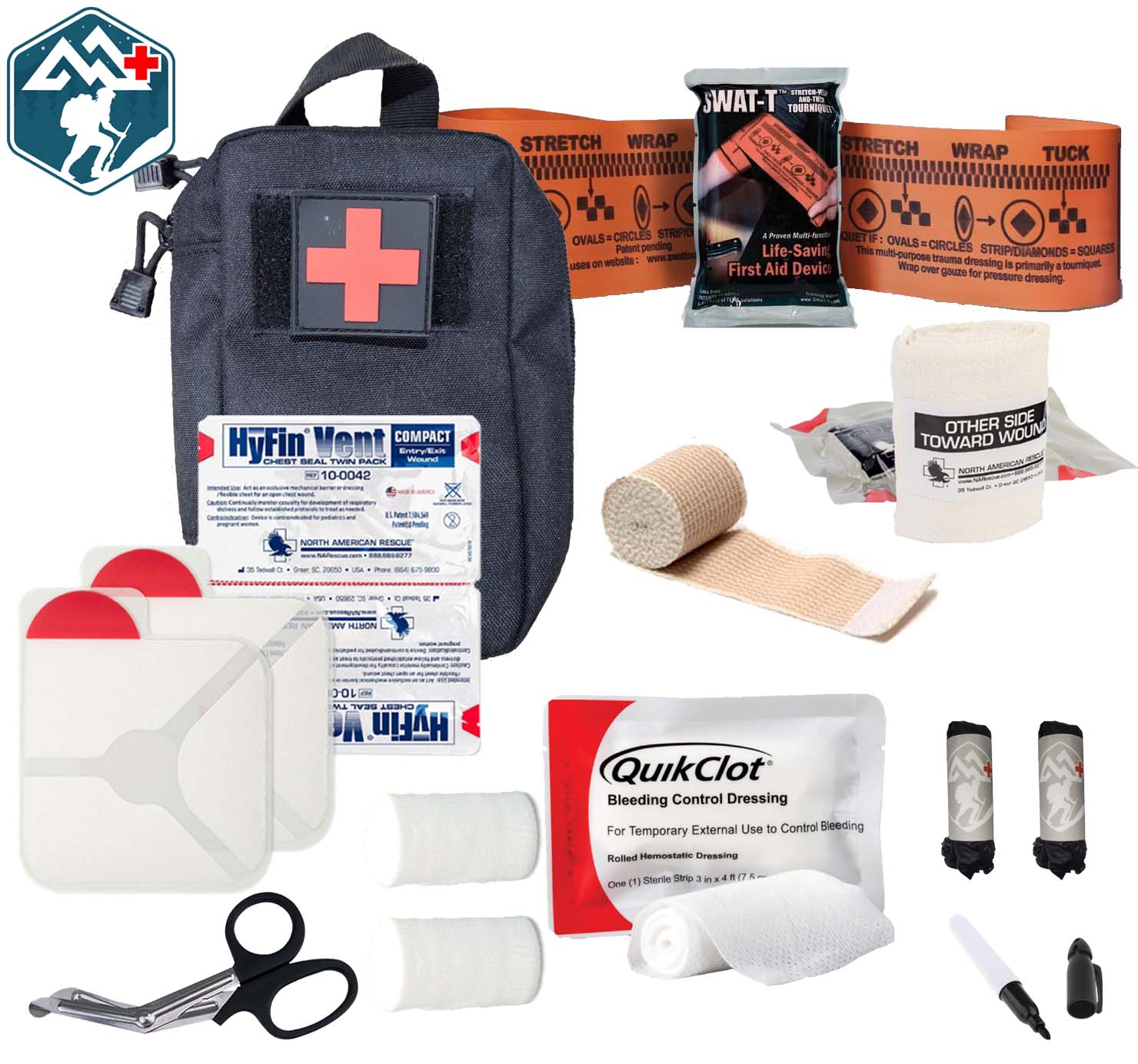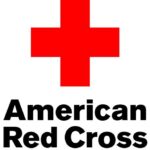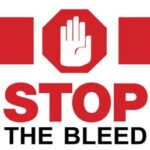Emergency Trauma: Where Do You Even Start?

One of the hardest things about trauma medicine is knowing where to begin. If you aren’t somebody who uses these skills on the regular, like an EMT or Paramedic, then you’re likely to be a little off your game. But that’s expected.
Emergencies are tense and scary and that can cause an unexperienced first responder to hesitate. But there are a few tricks that can help you make the right call when it matters most.
- Get Training
If you know what to do, you don’t have to guess. Trauma medicine isn’t difficult. Keeping someone alive isn’t hard. With a very small amount of time, you can learn how to control bleeding and save a life.
In-person-training is always superior because of the ability to ask questions and ensure the techniques are practiced correctly.
The American Red Cross and Stop The Bleed might offer bleeding control classes in your area.
If you don’t have the time for in-person, online classes might be what you need. Mountain Man Medical’s Emergency Trauma Response Course is online, completely free, and will give you the basics of how to use your trauma kit to save a life.
2. Call 911
This should always be the first and sometimes the only thing you can do to help, but it can be the most significant. The casualty only has a short time to get to the hospital so their life can be saved by the surgeon.
The quicker EMS is on the way, the faster the victim gets to the operating room and the more likely they'll survive. If you're busy throwing on TQs and packing wounds, make sure to direct a bystander to call 911.
Emergency responders, like medics and law enforcement have significantly more experience and resources available to win the day. You need as much help as you can get, and you need it fast.
3. Go in With a Plan
You should never just react to an emergency if it can be helped. Starting off with a plan is a great way to get your mind in the right place for what you should do first.
On the way to where the victim is, think through the types of injuries you're likely to encounter. This can help you to remember if you should treat with a Tourniquet, or Pressure Dressing.
Plans are important. Don’t spend too long, but pay attention to possible hazards to yourself and the victim and try to reduce the amount risk you accept. Choose a reasonable course of action, then act.
Something is better than nothing and done is better than perfect.
But you don’t have time to plan, you say? If the victim dies in the short time you are coming up with an acceptable plan, there was nothing that could have been done to save them. And sometimes that’s just the way things go. Your safety must take priority.

The “Yellowstone” Trauma Kit – Mountain Man Medical
Don’t Forget About MARCH
MARCH is an acronym that’s taught to combat medics to help them remember the proper order of life-threatening problems to treat. It’s an easy one to remember and has served me well for many years:
M-assive Hemorrhage
Bleeding control is the simplest and should be taken care of first because it will kill the victim the quickest. Look for the most obvious sources for bleeding, but if it isn’t threatening to the victim’s life, leave it and come back later. Your first job is controlling the worst bleeding.
A-irway
Ensure the victim has an open path for oxygen to enter the body. Rolling the victim over onto their side may help to reduce choking on vomit or drain blood away from the airway. An NPA is a great item for keeping an airway open.
R-espiration
This is where you will check the casualty for penetrating trauma to the chest that may need to be treated with the application of chest seals.
C-irculation
This is a second check to make sure you haven’t missed any major bleeding. Go over the casualty, head to toe and treat as you go. If you missed any bad bleeders, here is where you will correct that mistake and treat smaller, less serious wounds.
H-ead Trauma/Hypothermia
There is little to be done for someone with severe head trauma. Try to maintain a clear airway and make sure EMS is rolling hot, but that’s about it.
Paying attention to hypothermia is an essential procedure, however, and you should be looking for a way to keep the casualty warm, even on a hot summer day. A survival blanket is a great, low-cost item that can help.



Good article, enjoyed your course.
Glad it helps Terry! Thanks.